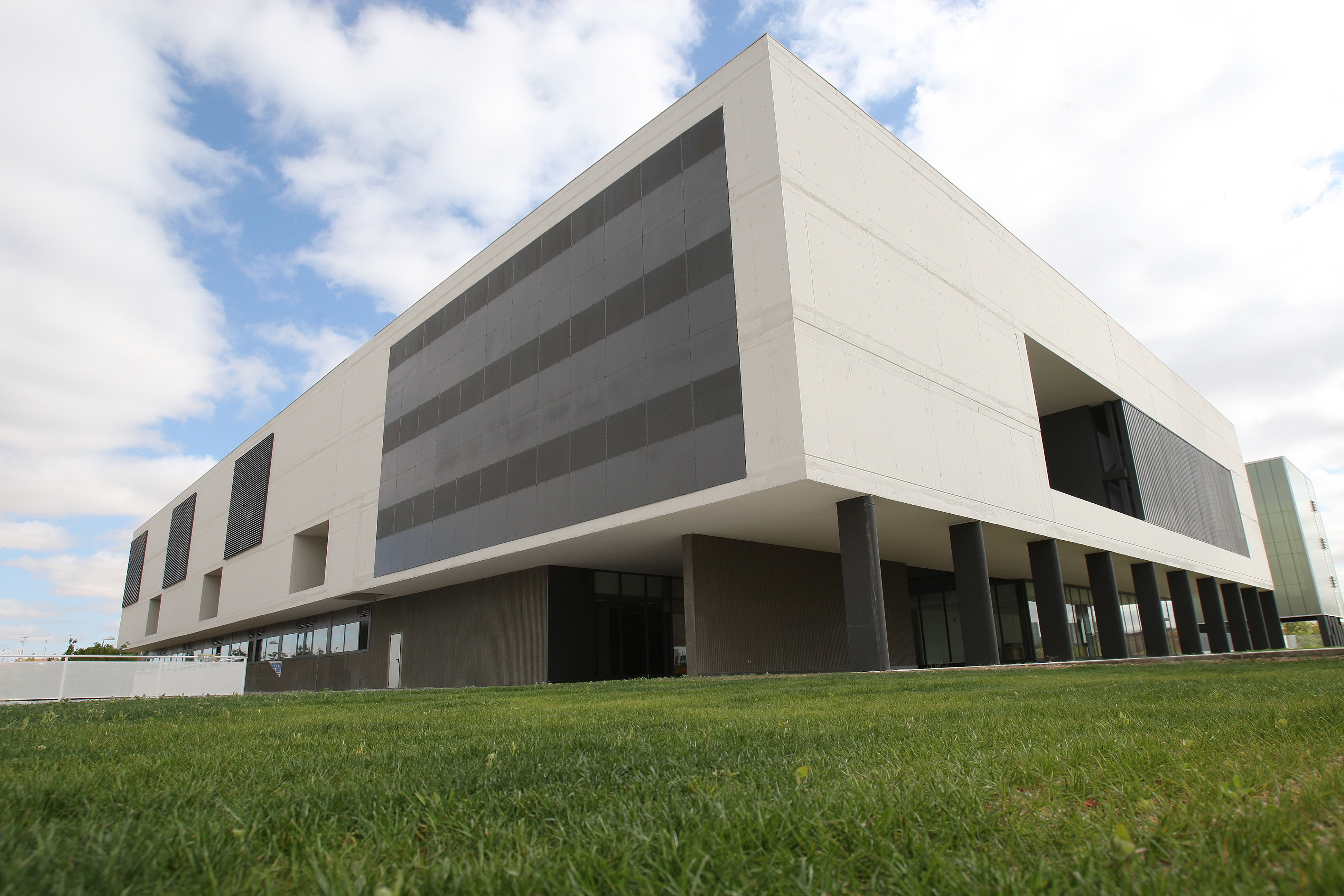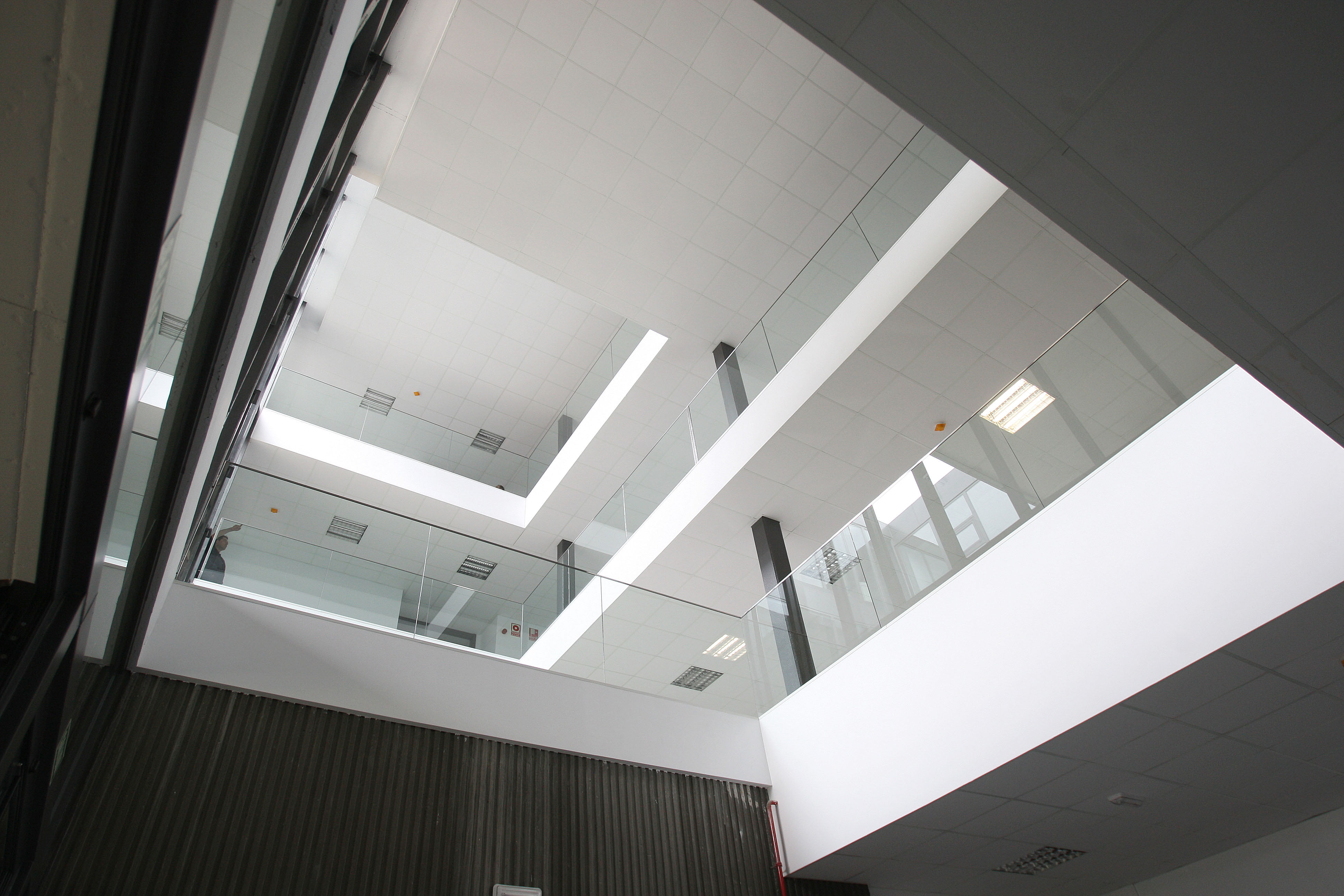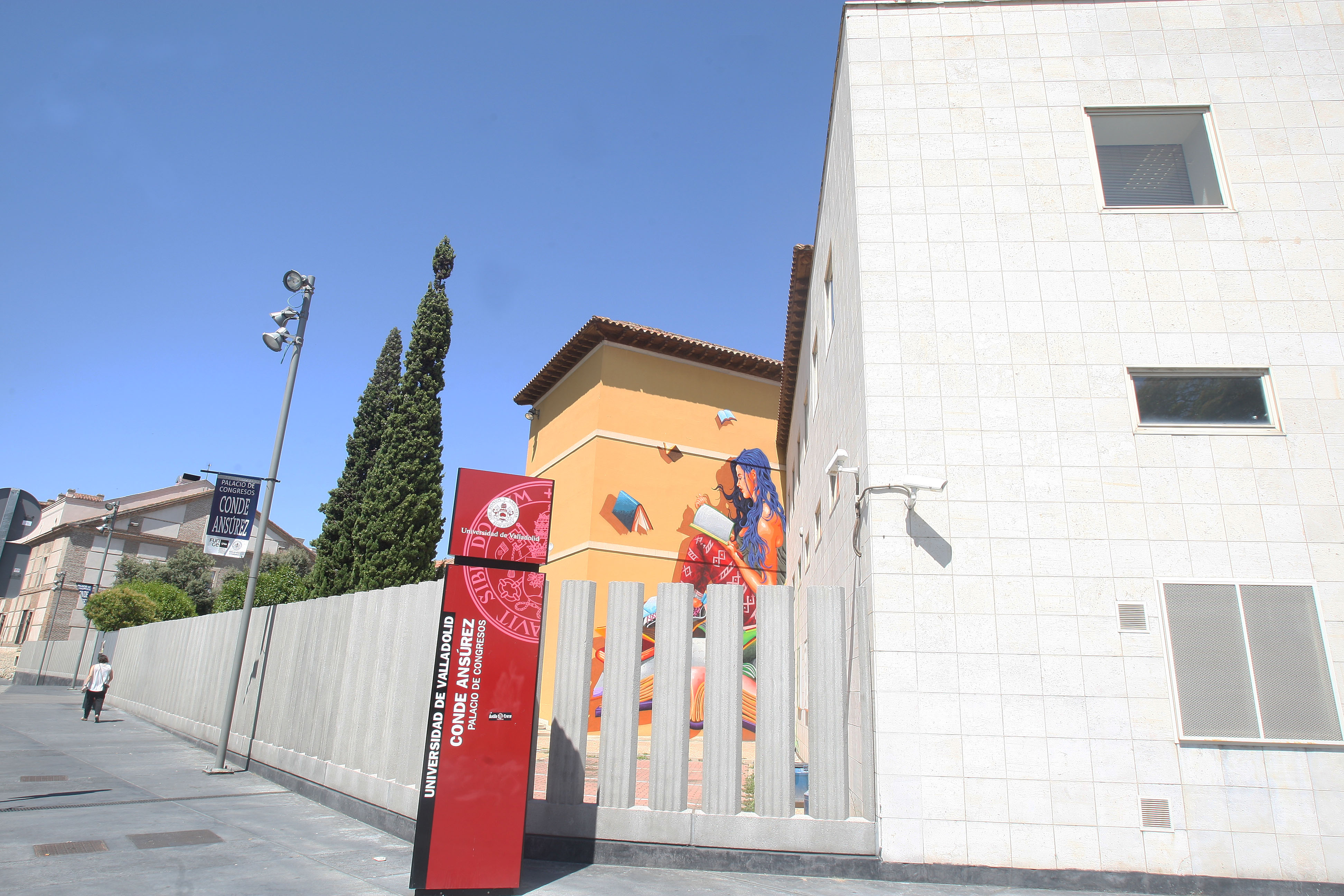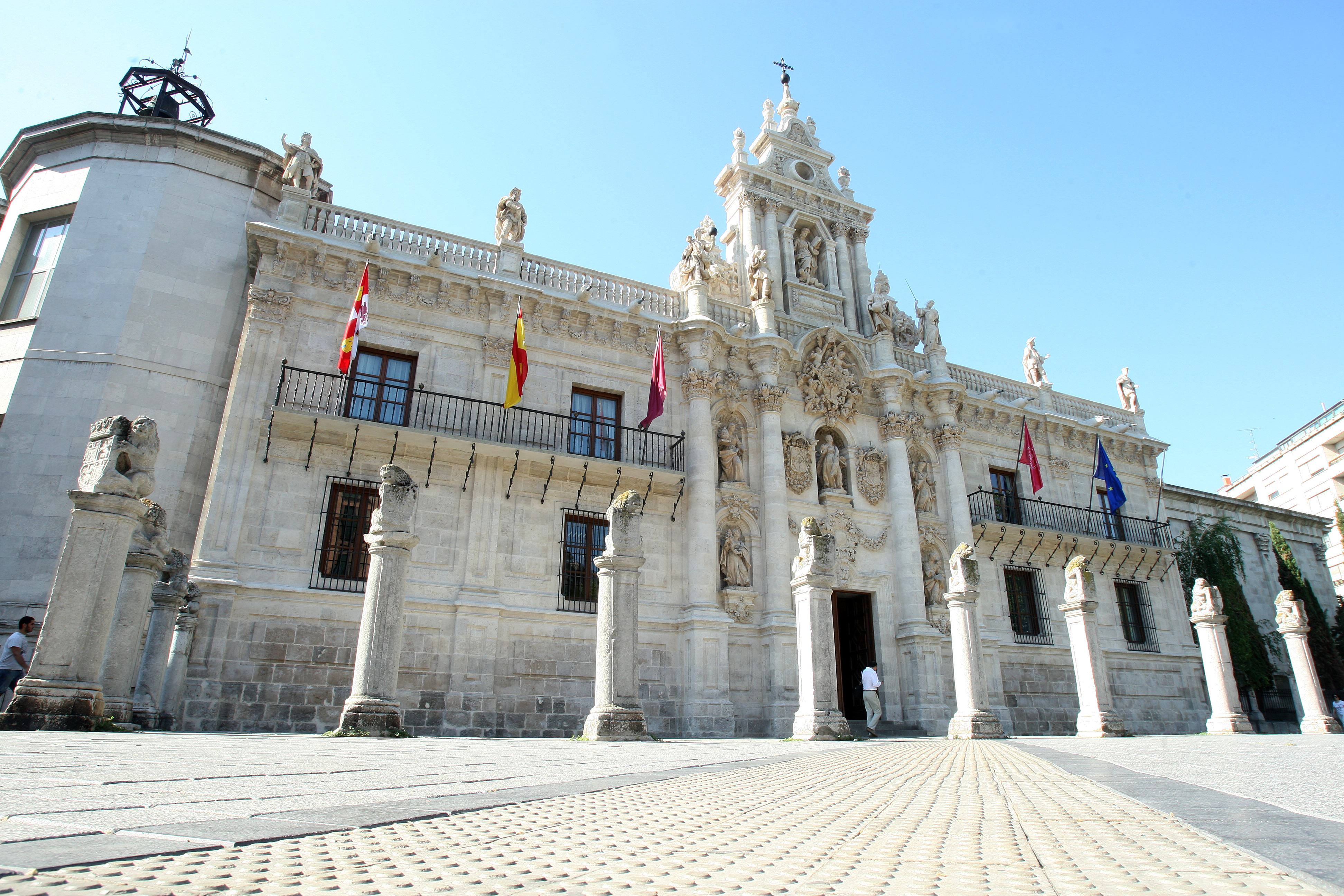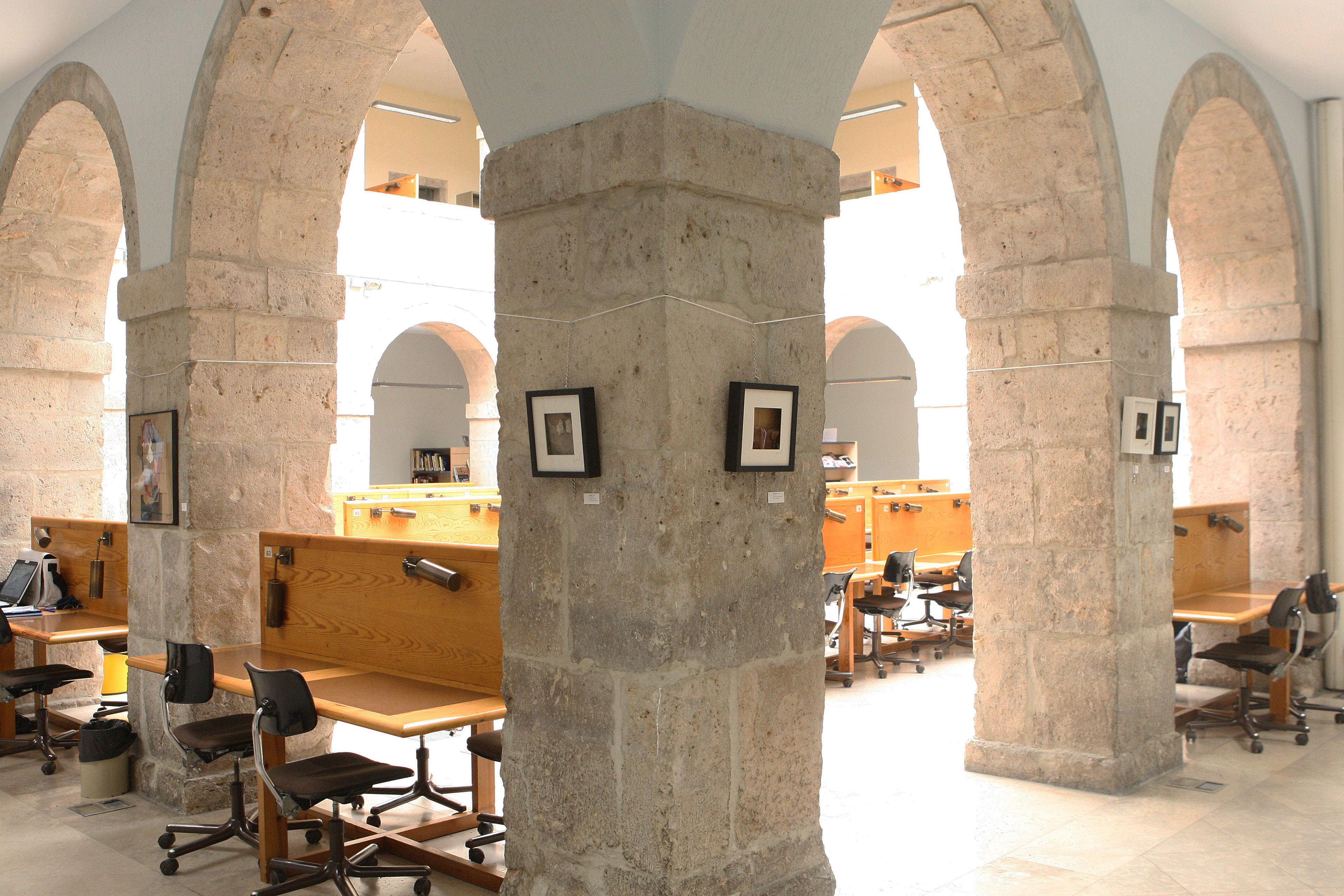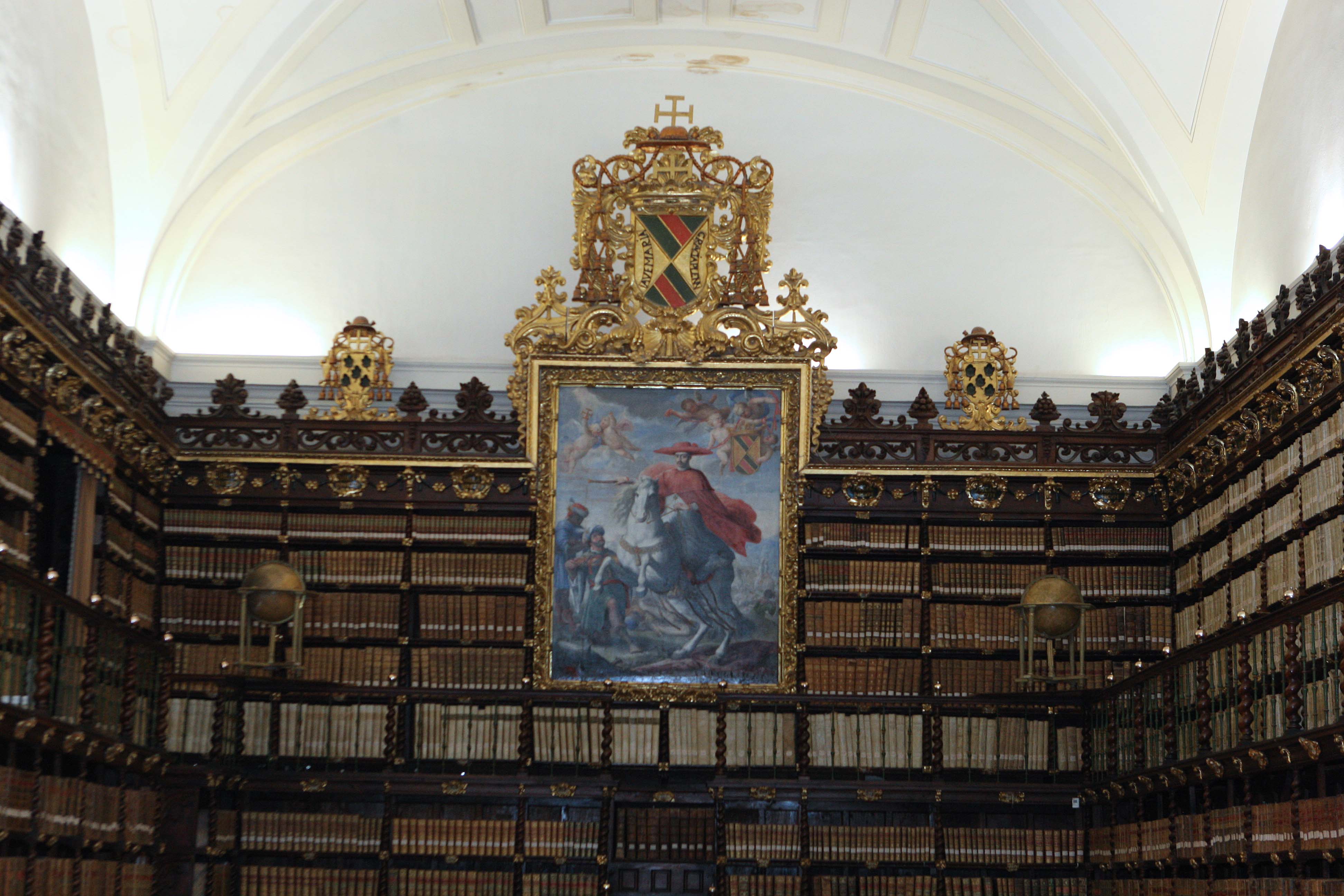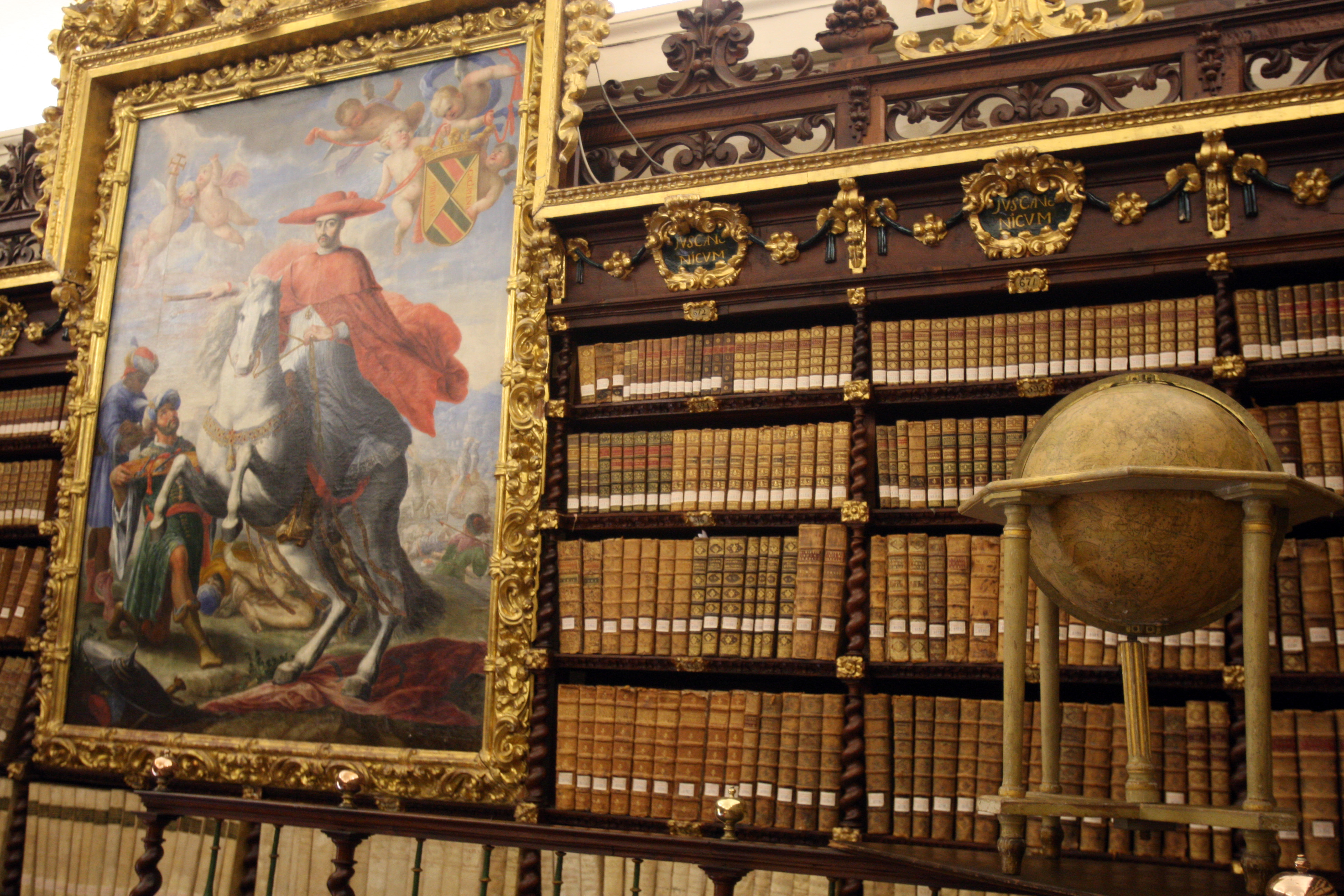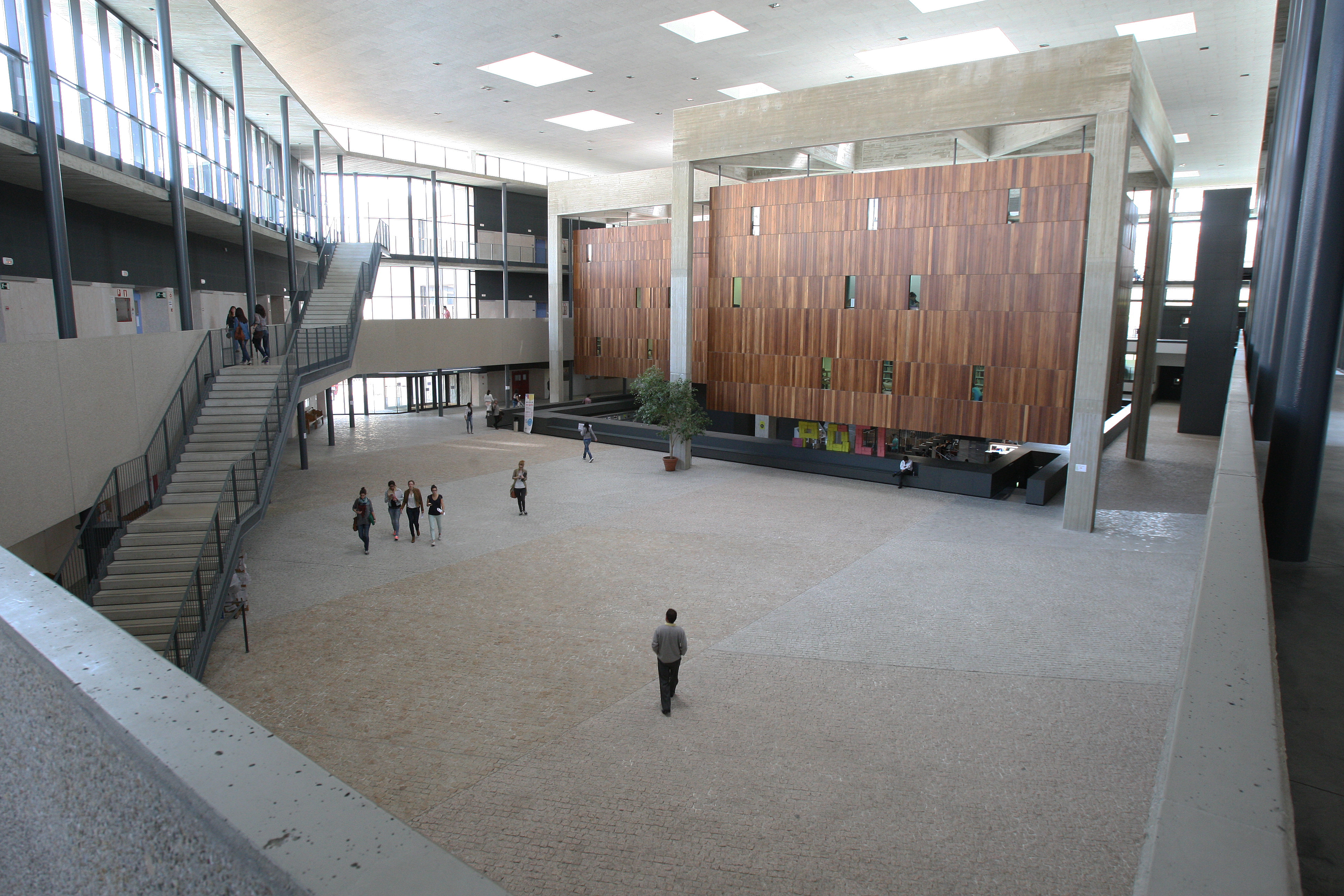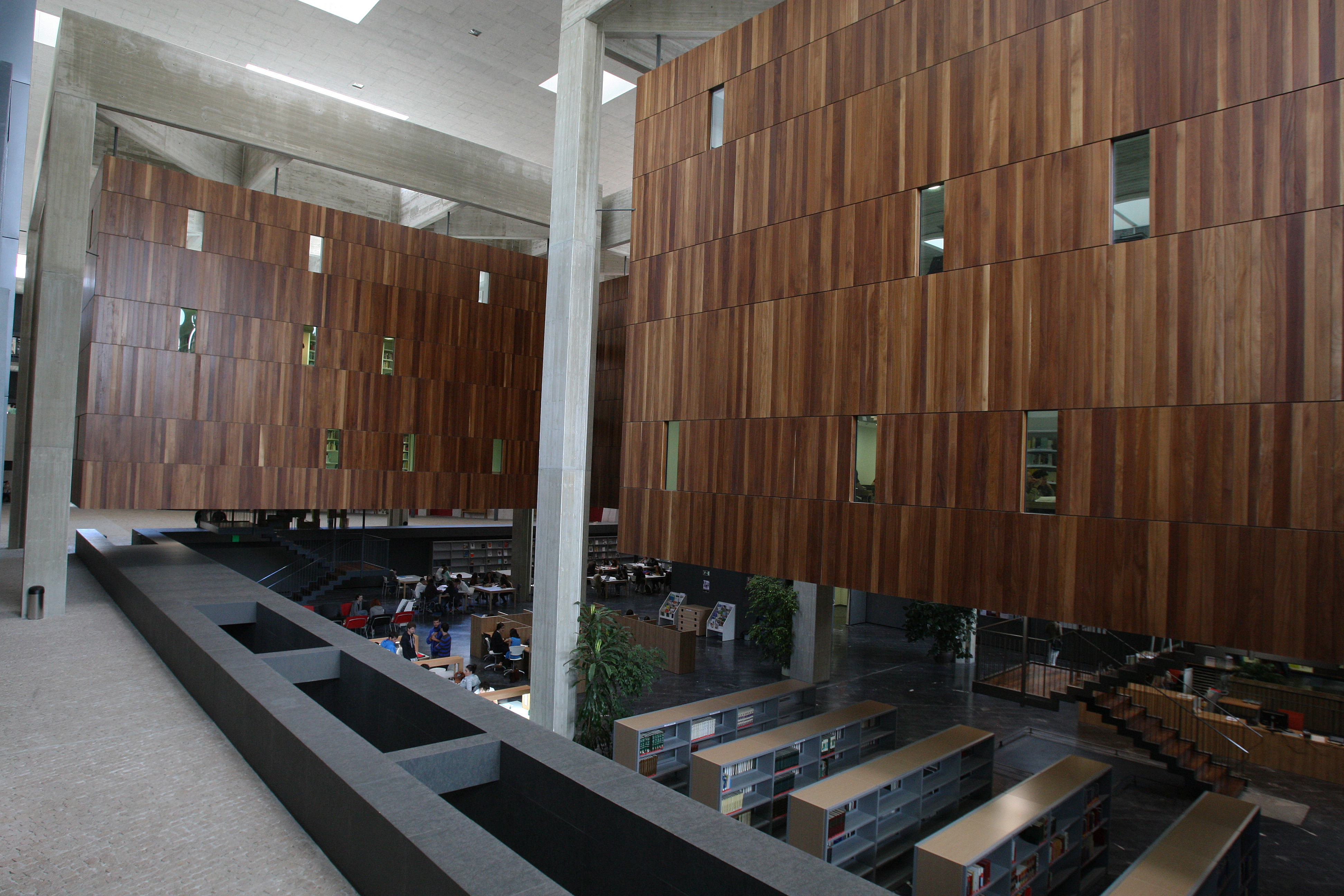An eight times centennial story
There are three hypotheses about the origins of the University of Valladolid. A very spread tradition fixes its birth in the relocation to Valladolid of the Estudio General de Palencia, considered the first University in Spain and created between 1208 and 1241 by Alfonso VIII, king of Castile and the Bishop Tello Téllez. Some people think the birth of the University center in Valladolid is located in a school or in a particular study with headquarters in The Abadía de Santa María la Mayor. However, the most recent researches defend the royal and municipal creation of the University. As it appears in the documents of salaries donation to the new Study, the Castilian Monarchs were its creators and the council of Valladolid acted as intermediary of the foundation.
The University of Valladolid was a reality in the last quarter of the 13th century and it enjoyed the protection of the crown and, later, the Papacy. In short, a royal and pontifical university which deeply roots in The Castilian Middle Ages. In 1292, Sancho IV gave the Study of Valladolid the tercias of Valladolid and its small villages, as well as other salaries for its maintenance. Around the same dates, in 1293, Sancho IV created the Estudio General de Alcalá by following the model the study created in the city of Pisuerga years ago. It is about an intellectual impulse which is produced in parallel to the material flourishment and progress in big cities and Castilian councils, from which Valladolid appears as a very importance example.
In principle, in the Study of Valladolid they were taught the most basic disciplines: Grammar, Arithmetic and a little bit of Latin and Holly scripture. Later the villa obtained the royal and pontifical favor for its emerging learning center. In 1346 the Pope Clement VI, at the request of Alfonso XI, transformed into General the Studies of Valladolid. However, the University of Valladolid lacked then theological science, an exclusive privilege of the University of Paris. On the verge of finishing the division of the occidental Church, in 1417, Martin V granted the villa the desired faculty. In parallel, the Castile Monarchs granted the study with salaries, particularly the royal tercias coming from the archpriesthood of Cevico and Portillo, which allowed a relative economic independence.
As a result they were fixing the basis of the future magnificence of the Valladolid Alma Mater. In the 16th century it was declared, along with the University of Salamanca and Alcalá, as one of the Biggest Universities of the Kingdom. The organization of the Study is improved, the first statutes in Latin (1517) are created and romance statutes are later drafting in detail. The School of Law, strengthened by the presence of the Chancery, gains a great importance; and it happens the same with theSchool of Medicine, a highly Hippocratic center. Shortly before, at the end of the 15th century, the Cardinal Mendoza had founded the Colegio de Santa Cruz (1481), an institution assigned to the university education which it first equalized, and later, led the glory of other Castilian centers. Its students, educated with personal care, obtained relevant jobs in the administration and courts of the Kingdom.
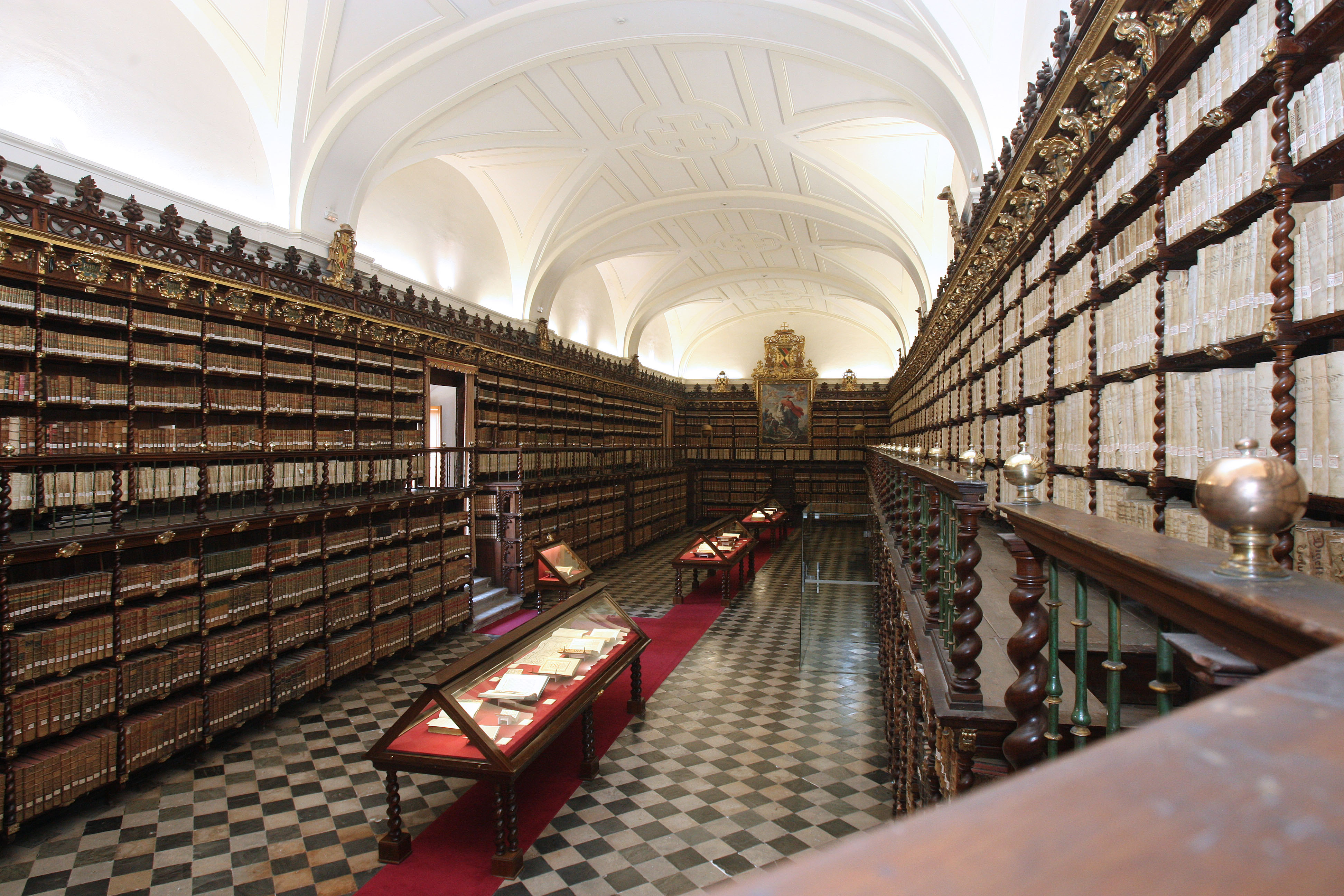
During the following century, Valladolid and its University reflected the general depression the country suffers. The low intellectual level is predominant and it was extended during the first half of the 18th century. The Spanish University, as the society in that moment, was out of fashion in relation with the needs in that moment. The number of students decreased alarmingly. The lack of economic resources, the incompetence, lack of care and the absenteeism of the teachers, the anarchy of many students and the anachronism of pedagogic methods are thought to be the possible reasons of a decadency which generally affects the higher education centers. The Spanish University was not able to open new ways to the science, so it needed a deep reform. Since the year 1770 and under the care of Charles III, the University took the first steps in that way. During certain time in the university field brought a breath of fresh air. However, the danger of infiltration of the revolutionary ideology, which comes from the Pyrenees, moves Charles III and his ministerial team to restrict the reformative process.
Nevertheless, since the early 19th century and until 1847 the country witnessed a transformation which led from the old and obsolete medieval University, dominated by the particularism and the scholastic spirit, to the centralized and secular University of the liberalism. From this University arose preferably lawyers and the doctors; later in the century the technical studies started to rank a predominant position. Placed on a typically liberal city, the University of Valladolid obtained a higher number of students and later it achieved a provincial and regional influence radius.
During the past century, the progress, conditioned without a doubt by the change of national life, was slowly reaching very considerable realization levels. To the existing Law and Medicine centers were incorporated the Faculty of Philosophy and Arts (1917) and Sciences (1945). The restructuration of the University District, the creation of Bilbao (1968) and Santander (1972) districts, and the approval of the General Law of Education mark the beginning of a new phase in the development of the University of Valladolid. Under the Act, the Teacher Training University Schools (nowadays the Faculty of Education), the School of Nursing and the School of Business Studies were incorporated, as well as the Colleges.
From this moment, the teaching heritage of the University of Valladolid was enriched with the incorporation of the Higher Technical School of Architecture (1971), the University School of Education in Palencia (1972), the Faculty of Economic Sciences (1974) and the Higher School of Industrial Engineering (1975). In 1979 the EUITA in Palencia began its transformation towards the present ETS of Agricultural Engineering. In 1983 the College of Burgos acquired the condition of Integrated University School and in the academic year 1984-1985 ascribed the College of Soria, which acquired the condition of Integrated in 1987.
As it was sometimes participant and protagonist of the democratic changes which traverse our country, the University senate drafted the statutes, in compliance with the University Reform Act and they were approved by the Royal Decree in 1985. In the same year it was established a new Faculty of Law in Burgos; the University School of Technical Industrial Engineering was transformed into a University Polytechnic School and the University School of Education of Soria was added to the University of Valladolid. Since that moment, the process of appearance and adscription to the new centers continued in expansion. During the last decade, the University witnessed the birth of the Higher Technical School of Telecommunication Engineering and the University School of Social Work in Valladolid; the birth of Technical School of Agriculture (nowadays the University School of Agrarian Engineering), the University School of Business Studies, the University School of physiotherapy and the Faculty of Translation and Interpreting in Soria. The campus of Burgos experienced an identical process until its split in the academic year 1994-95, turned legally in the new University of Burgos. As a counterpart, during the last years the university campus of Segovia has been incorporated to our district, and where nowadays are located the University School of Teaching and the University School of Work Relations and Tourism. Since January 2011 the University has a new center, pioneer in the Community, the Higher Technical School of Informatics Engineering and, since the academic year 2001-2002 the studies in the University School Domingo de Soto in Segovia have started to be gradually integrated in the UVA (Bachelor in Publicity and Public Relations; Bachelor of Business Administration, Bachelor of Laws, and degree in Technique in Informatics Management Engineering).
All this historic development has led the eight hundred times University of Valladolid to be constituted as one of the most important Higher Teaching Centers of our country, rich in teaching and remarked in many fields of researches. Nowadays 24 centers in the Campus of Palencia, Segovia, Soria and Valladolid teach more than eighty degrees, besides numerous Programs of fourth cycle and Postgrade courses, directed to more than 30000 students enrolled in our University. More than 2000 professors and approximately 1000 official workers and administrative staff dedicate their work and effort to the University of Valladolid, so it carries out its task and it answers successfully to the teaching and research quality exigence, which the society asks for.
